
The partnership, co-funded by Enterprise Ireland, will develop technologies for monitoring the quality of biopharma processes.

The partnership, co-funded by Enterprise Ireland, will develop technologies for monitoring the quality of biopharma processes.
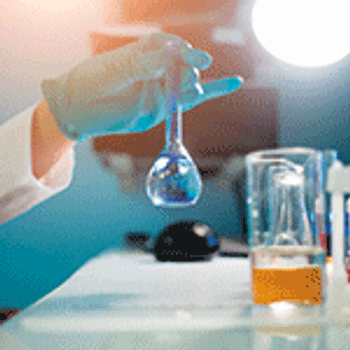
Application of multiple techniques at different conditions presents a more complete picture of a dynamic situation.

A project funded by BioProNET will investigate optimization for bioprocessing of gene therapy vectors using hydrodynamic fluid flow fields.

Providing analytical data on the comparison between a biosimilar and the reference product is a primary consideration in the development of biosimilars.
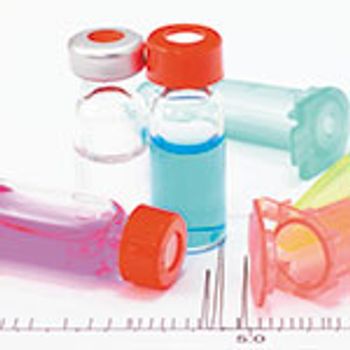
Experts discuss best practices for performing glycan analysis.
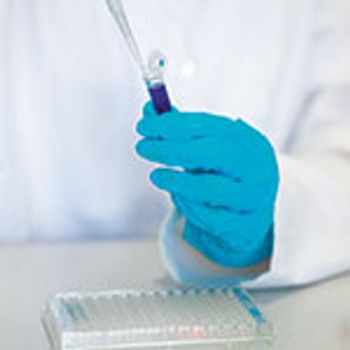
The testing of raw materials is essential as raw material quality determines the outcome of biologic product quality.
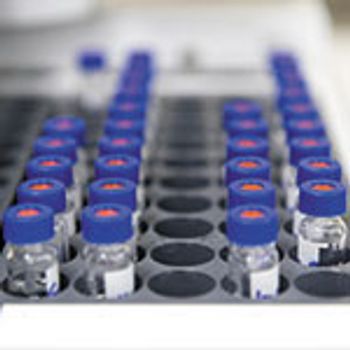
This article discusses why it is important to apply risk analysis, QbD, and DoE in the development of analytical methods.
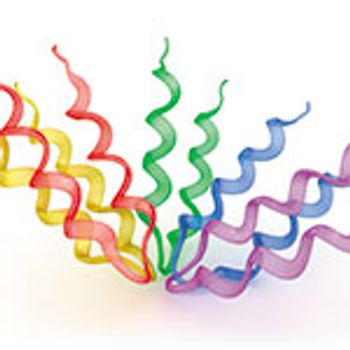
By adapting techniques from other sciences-and exploring better tools for biologics drug development-researchers are addressing challenges of protein characterization.

Efforts strive to harmonize bioanalytical method validation for non-clinical and clinical studies.
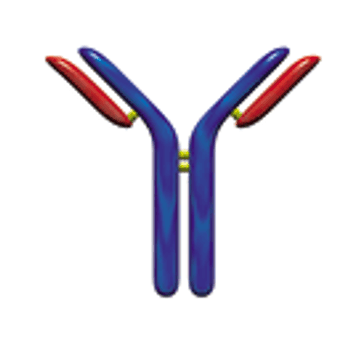
Analytical exoglycosidases are transitioning from being largely academic tools to being suitable for glycan analytics in biopharmaceutical manufacturing.

As it investigates the root cause of an impurity discovered in valsartan, FDA extends its studies to APIs with similar synthesis processes.
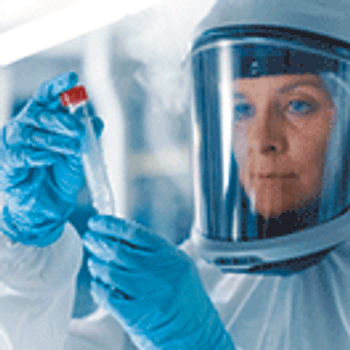
Viral vaccines and viral vectors used in biotherapeutic applications carry the risk of microbial contamination, which must be addressed.

The US Pharmacopeial Convention (USP) is developing a new chapter for rapid sterility testing of short-life products based on the recommendations of a panel of experts and stakeholders.

Protagen Protein Services, a CRO, now offers quicker and more accurate characterization of biomolecular stability using differential scanning calorimetry (DSC).
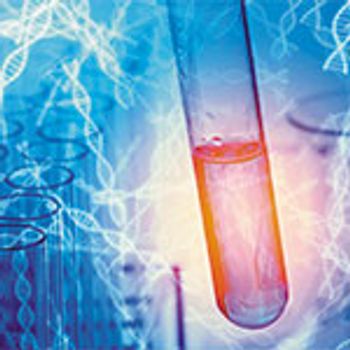
More complex biologic samples must be evaluated to ever higher levels of specificity and sensitivity.
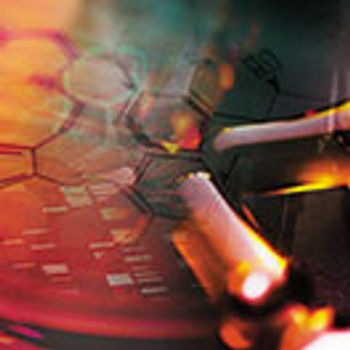
Materials in contact with a drug must be fully characterized to ensure they do not negatively affect the safety and efficacy of the product.

The National Science Foundation grant will be used to commercialize a synthetic biology platform for cancer drug development.

The company’s new LCMS-9030 system is designed for high resolution and accurate mass detection.

The company unveiled its latest innovations to its mass spectrometry portfolio at ASMS in San Diego.

Process analytical technology tools have enabled manufacturers to monitor and control their production processes.

Open communication channels between all the parties involved is key when outsourcing analytical methods, says Susan Schniepp, distinguished fellow at Regulatory Compliance Associates.
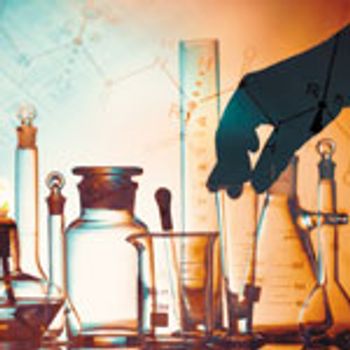
More advanced NGS-based techniques still require validation and regulatory acceptance.
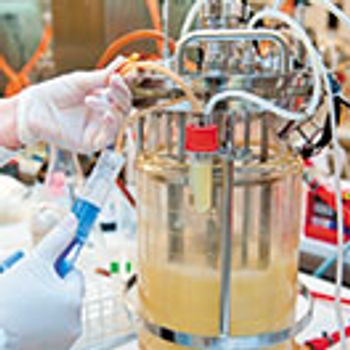
This article discusses affinity capture for tier determination and surveys a broad collection of commonly and less commonly used assays to analyze cell culture media
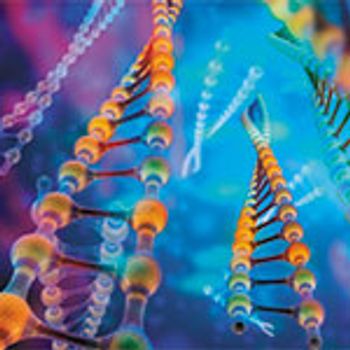
Transcriptomics plays a role in influencing the production of recombinant therapeutics in microbial and mammalian hosts.
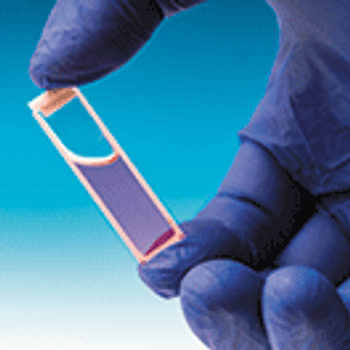
The National Institute of Standards and Technology (NIST) has developed Standard Reference Material (SRM) 2082 as a pathlength standard for UV absorbance measurements for use with the new generation of microvolume spectrophotometers and short-pathlength cuvettes.